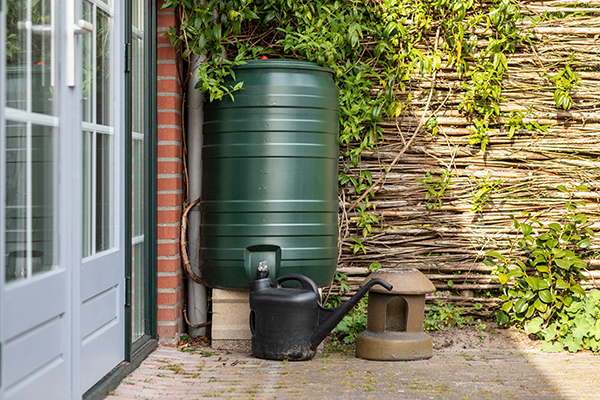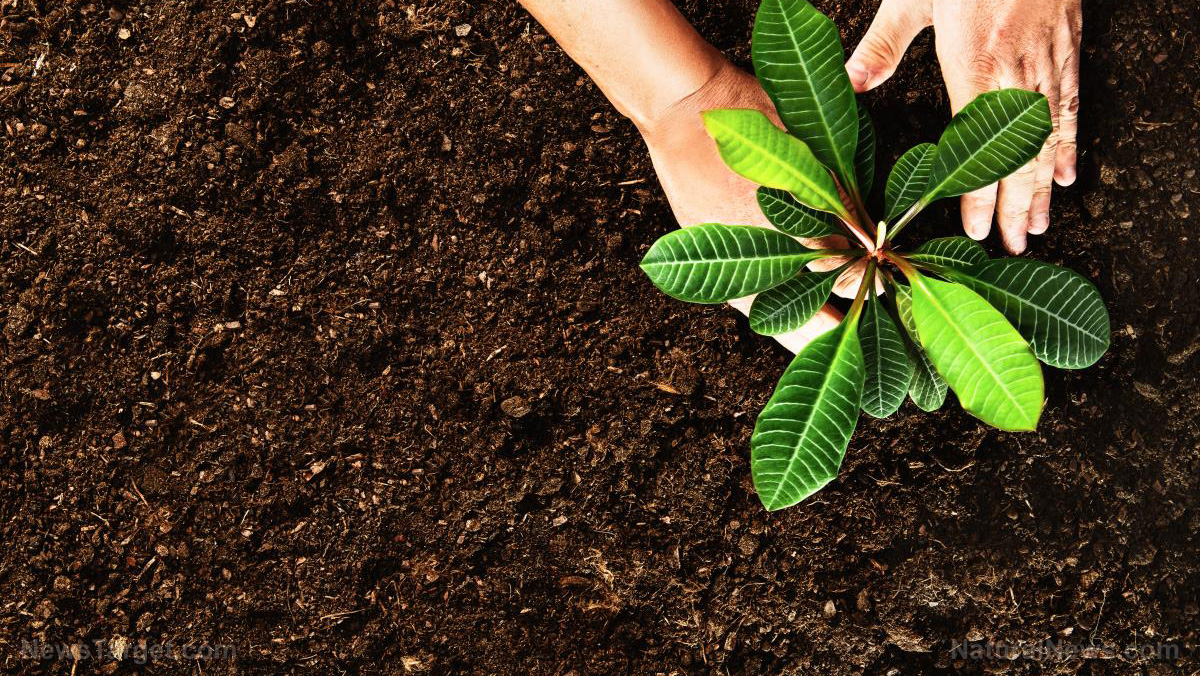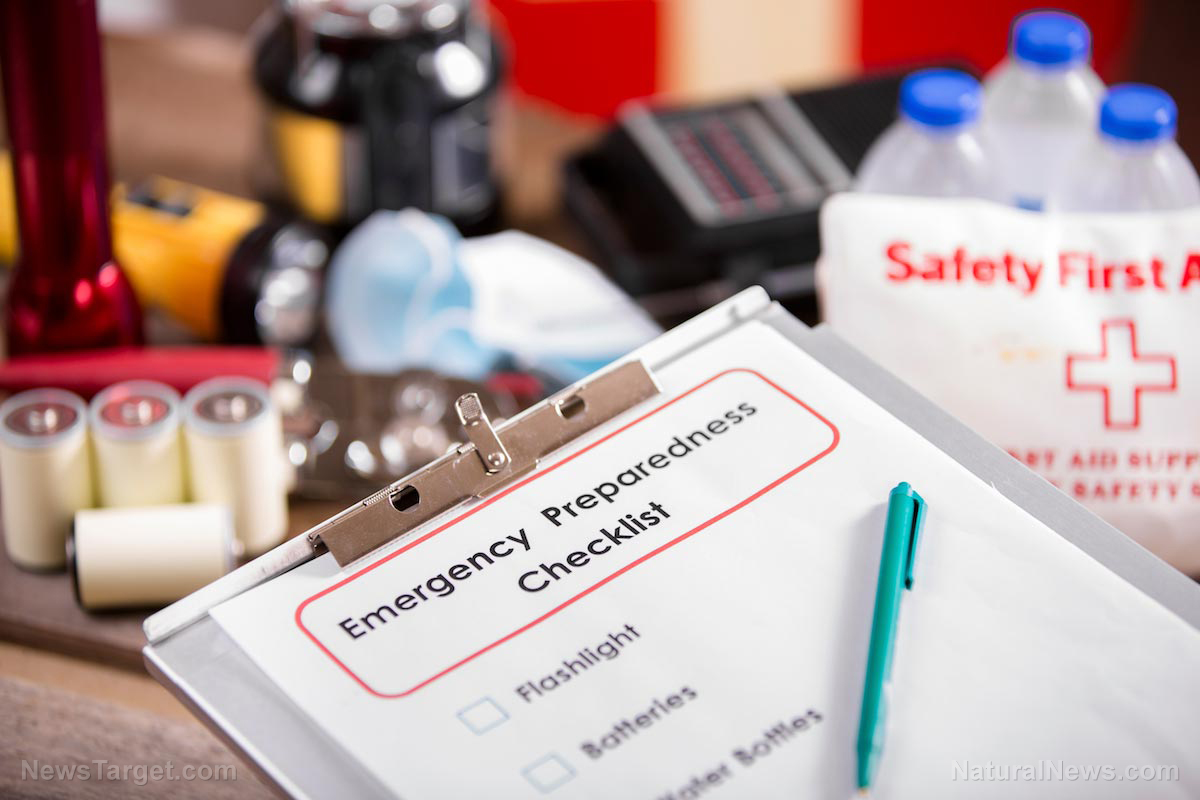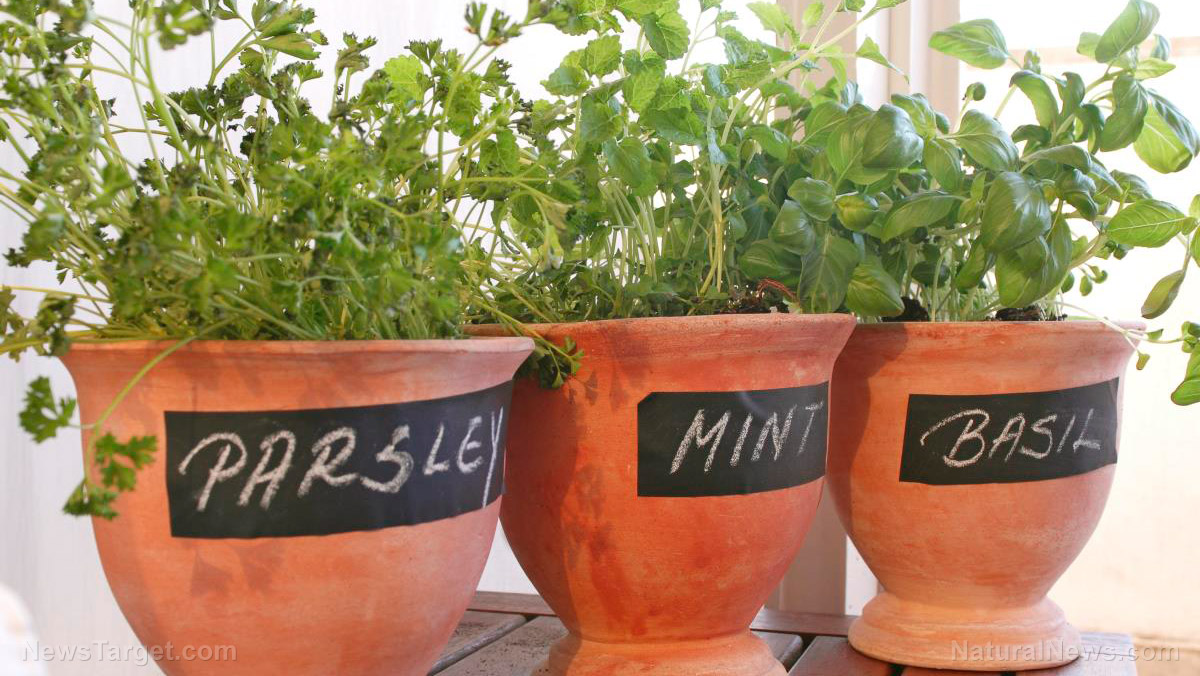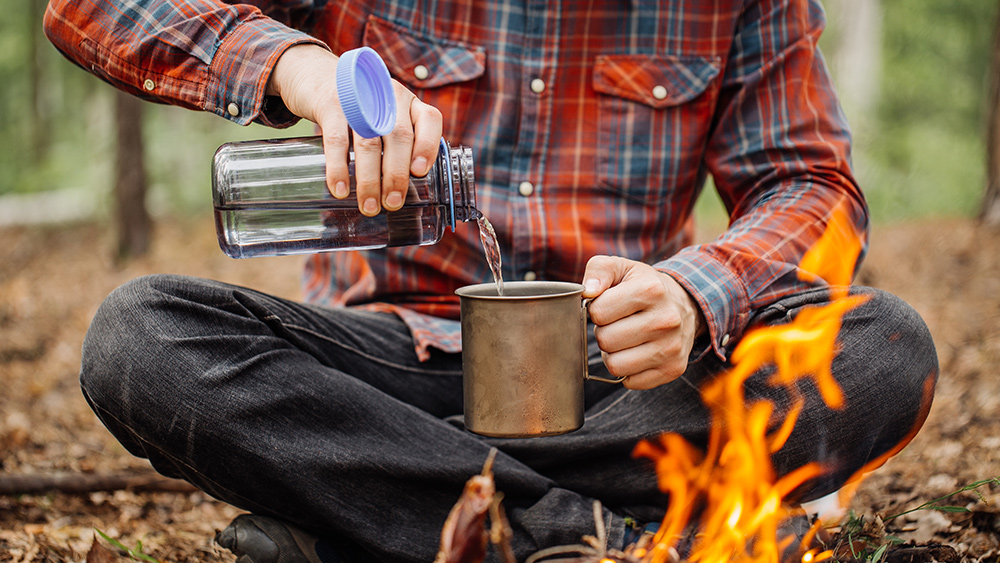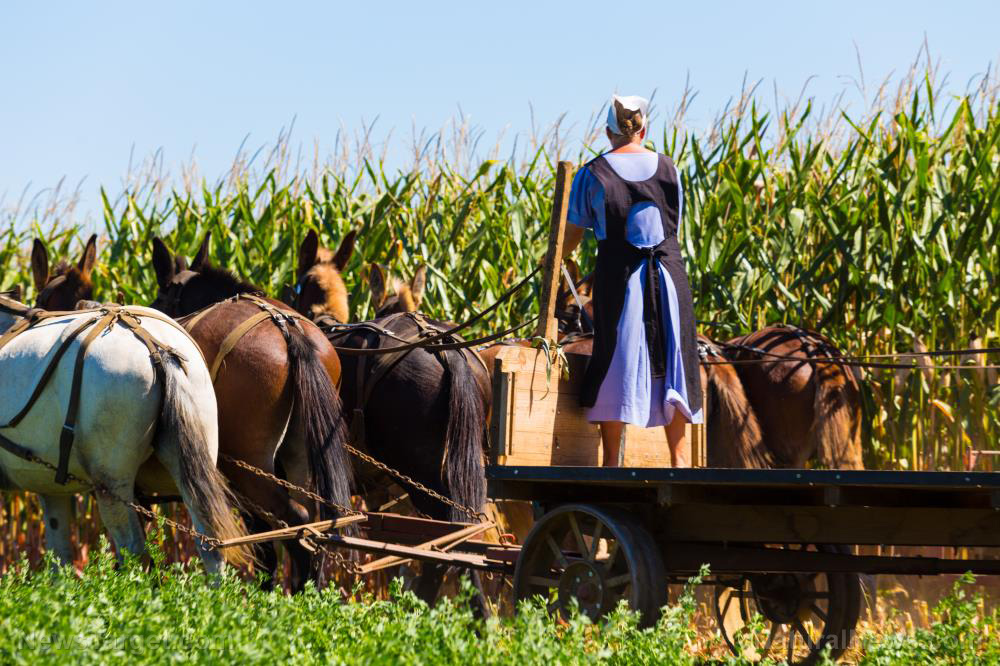Natural remedies: How to make herbal salves and herbal infusions at home
01/02/2023 / By Olivia Cook

A salve is a topical product in which natural herbs are extracted to make vegetable oils and then combined with beeswax to soothe and heal skin conditions. Some salves are antimicrobial, while others are for muscle aches, bruising and ischemia.
Infusion, on the other hand, is a chemical process that uses botanicals that release their active ingredients readily in water, oil or alcohol. In this process, a liquid is typically boiled (or brought to another appropriate temperature) and poured over the herb. Herbal infusions can provide short- and long-term health benefits – from aiding digestion to being calmative and improving your well-being.
Making herbal salves
- Choose herbs that suit the purpose of your salve. Popular choices include arnica flowers, calendula, coltsfoot leaf, comfrey leaf, echinacea, elder flowers, German chamomile flowers, Goldenseal, horsetail herb, lavender flowers, lemon balm, marshmallow root, mullein leaf, plantain leaf, roses, Saint John’s Wort and yarrow herb.
- Rub dried herbs gently between your palms before infusing them in the oil of your choice. If using fresh herbs, place them in paper towels to remove moisture and allow them to wilt for a couple of hours.
- Various oils can be used to make your herbal infusion, including coconut oil, jojoba oil, olive oil, sesame oil, sweet almond oil, sunflower oil and other skin care oils. Remember that various oils have unique textures. Jojoba oil, for example, is very similar to natural skin sebum and therefore soaks in quite nicely. Olive oil and almond oil are also excellent choices.
- For added benefits, combine more than one herbal-infused oil in a single salve.
- Always sterilize all your containers and utensils. Use only enamel or stainless steel (not aluminum or Teflon) pans and measuring cups and spoons.
- Wooden spoons are good for stirring your recipe.
- Use a double boiler to avoid overheating your oil and reduce much of its healing potency. You can use a makeshift double boiler, such as a pot within a pot, or a glass Pyrex bowl or stainless-steel bowl perched on top of a saucepan with water below.
Making herbal infusions
There are several ways to make herbal infusions. The most common methods for beginners include the no-cook method and the stove-top method.
No-cook method
- Fill a glass jar with herbs of your choice. Cover with oil, leaving about one-inch headroom. Stir and place the lid on the jar.
- Place your jar in the sun outdoors or on a windowsill inside if the weather is cold for about three to four weeks. Tip the jar every day or so during this time.
- You can also place your jar in a cool, dark place for about six weeks. Tip the jar over once in a while to disperse the herbs through the oil.
- When the infusion time is up, strain the oil through a clean cheesecloth. Squeeze the cheesecloth to get all the oil out and then discard the herbs (compost if you can).
- You can now use the oil at this point. To make a stronger infusion, you can repeat the process again and again, putting the oil back in the jar with fresh herbs and placing it in the sun for another three to four weeks at a time.
Stove-top method
- Heat the dried herbs and oil (to cover) together for an hour or so over very, very low heat using a double boiler to prevent scorching.
- Turn off the heat and let the mixture sit for a couple of days.
- Strain through a clean cheesecloth for your final step.
Homemade calendula salve for healthy skin
Calendula is rich in antioxidants and has anti-inflammatory properties.
Topically, calendula salve can help ease, heal or treat a huge array of skin conditions, including acne, burns, chapped lips, chicken pox scars, cold sores, cradle cap, diaper rash, dry and cracked cuticles, dry feet, eczema, insect stings, rashes, razor burns, scrapes, sunburn, swelling, wounds and even genital herpes sores, according to the Chestnut School of Herbal Medicine. Calendula salve can also lessen the appearance of varicose veins and soften scars.
Supplies and ingredients:
This is for one cup of finished calendula salve (about 10 ounces).
- 8 ounces of calendula flower infused in oil of your choice
- 3-4 tablespoons of beeswax pastilles or about an ounce if you’re using shaved, block or other forms of beeswax
- Essential oils are optional. Calendula has a mild earthy smell, but it is not extremely aromatic or floral on its own. You can add a few drops of certified organic lavender oil, lemon, eucalyptus, peppermint or rosemary.
- A double boiler or makeshift double boiler
- Small glass jars or salve tins for storage
Directions:
- For homegrown calendula flowers, bring the blooms indoors, away from direct sunlight, and let them completely dry for about three weeks (or you can buy dried calendula flowers).
- Steep or infuse 100 percent dry calendula blooms in the oil of your choice.
- Have your salve tins or glass jars or other calendula salve storage containers of choice ready and waiting.
- In the top portion of a double boiler, add one cup of calendula infused oil and three to four level tablespoons of beeswax. Also add a few drops of essential oils now, if you choose to use them.
- In the bottom portion of your double-boiler, add enough water so that the top bowl or pot is in contact and resting in the water below.
- Heat the double boiler over medium-low heat on the stovetop. Avoid excessively heating the calendula oil more than what is necessary to melt the beeswax.
- Continuously stir the mixture until the beeswax completely melts. Stir to ensure everything is thoroughly combined and then remove from the heat immediately.
- While it is still hot, carefully pour the now-liquid calendula salve into your chosen containers. If it starts to solidify while you’re filling containers, simply put it back on medium-low heat until it liquefies again.
- Set the full calendula containers aside (lids off) and allow them to fully cool.
- Use either clean fingers or a salve spoon to collect a small amount of salve and apply it to your skin as needed.
Feel free to scale up or down as needed, depending on how much calendula oil you have. The general rule of thumb for salve is a higher beeswax-to-oil ratio will result in a firmer salve, while going lighter on the beeswax will create a softer salve. (Related: 6 herbal salves for your prepper medicine cabinet.)
Watch this video to learn how to make a hot pepper cream for joint and back pains.
This video is from the Break the Digital Wall channel on Brighteon.com.
More related stories:
Survival medicine: Healing herbs for your first aid kit.
Your basic homemade medicines: 10 tinctures to keep in stock.
Beat Big Pharma drug prices and chemical additives – Make your own safe topical ointments at home.
Sources include:
Submit a correction >>
Tagged Under:
alternative medicine, DIY natural home remedies, green living, herbal infusions, herbal medicine, herbal salves, homesteading, how-to, natural medicine, natural news recipes, natural news tips, plant medicine, prepping tips, survival medicine
This article may contain statements that reflect the opinion of the author
RECENT NEWS & ARTICLES
Homesteading.News is a fact-based public education website published by Homesteading News Features, LLC.
All content copyright © 2018 by Homesteading News Features, LLC.
Contact Us with Tips or Corrections
All trademarks, registered trademarks and servicemarks mentioned on this site are the property of their respective owners.


